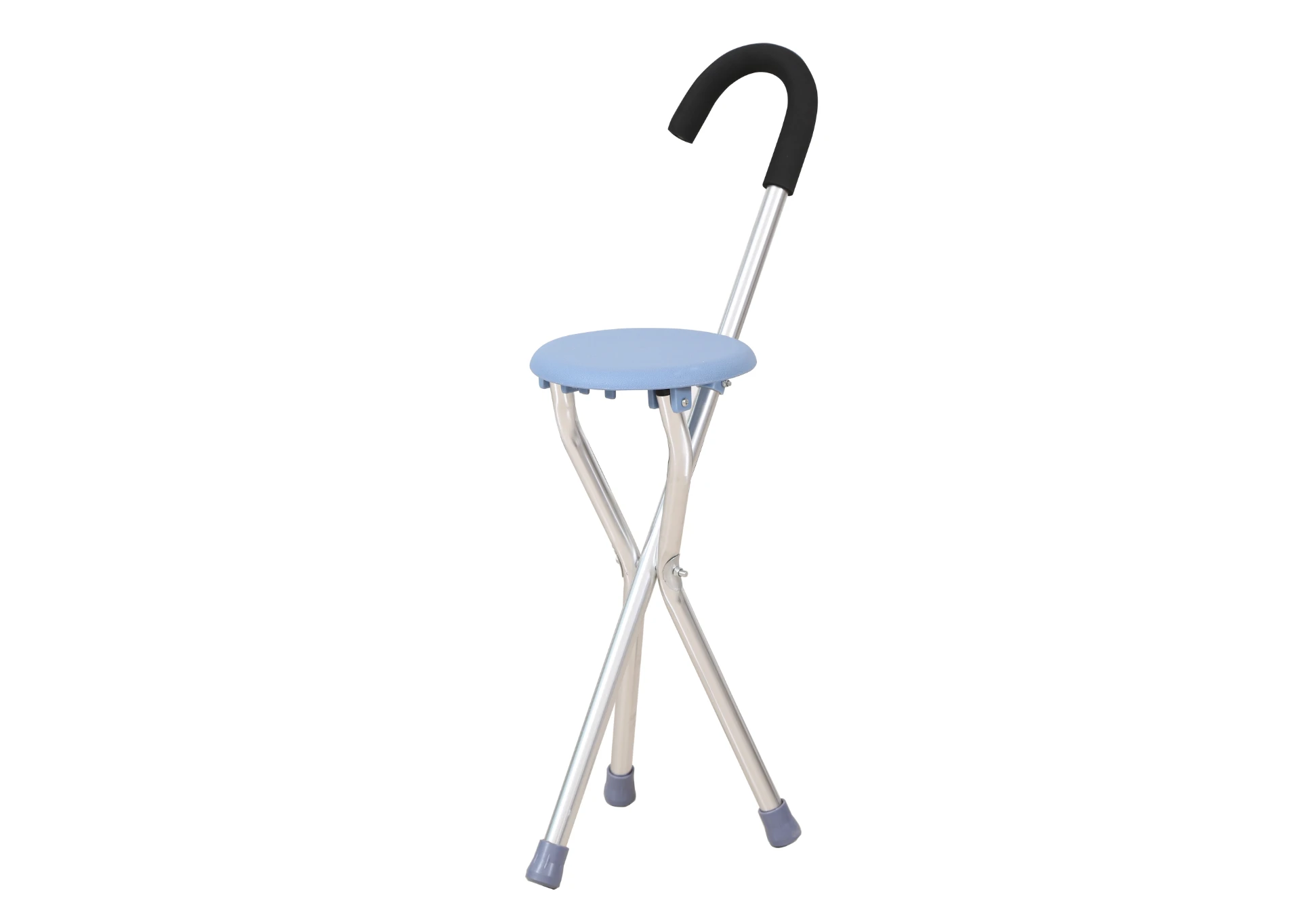Welcome to our websites!
Effective Tools for Improving Balance in Physical Therapy Sessions
Enhancing Mobility and Stability The Role of Physical Therapy Balance Equipment
Balance is a crucial aspect of physical health that significantly impacts mobility and the overall quality of life. Many individuals, especially the elderly or those recovering from injuries, struggle with balance, making it essential to incorporate balance training into therapeutic practices. Physical therapy balance equipment plays a vital role in rehabilitation programs, helping individuals improve stability, coordination, and confidence in their movements.
Understanding Balance Disorders
Balance disorders can stem from various factors, including inner ear problems, neurological conditions, and musculoskeletal injuries. Symptoms often include dizziness, unsteadiness, and a heightened risk of falls, which can lead to severe injuries. Therefore, addressing balance is a priority in physical therapy. Effective treatment often combines exercises with specialized equipment designed to enhance balance and proprioception.
Types of Balance Equipment
Physical therapists utilize a wide array of balance equipment to meet the specific needs of their patients. Here are some common types of balance training devices
1. Balance Boards These versatile tools challenge users to maintain stability while standing on a slightly unstable surface. Therapists can modify exercises by adjusting the angle of the board or adding dynamic movements, which helps improve core strength and coordination.
2. BOSU Balls A BOSU (Both Sides Up) ball is a half stability ball attached to a flat platform. It can be used with the dome side up or down, providing various levels of difficulty. Training on a BOSU ball engages multiple muscle groups, enhancing balance and overall functional performance.
3. Foam Rollers and Pads These tools provide an unstable surface for balance training. Incorporating foam products into therapy can help improve proprioception and core stability, essential for maintaining balance during everyday activities.
4. Balance Beams Used primarily in athletic training, balance beams can also benefit rehabilitation patients by promoting coordination and focus. Walking along a beam challenges individuals to maintain their center of gravity and enhance their spatial awareness.
5. DynaDiscs and Wobble Cushions These inflatable devices can be used while sitting or standing, creating an unstable surface that engages the core muscles. They are ideal for incorporating balance training into functional tasks, such as reaching and lifting.
physical therapy balance equipment

6. Rehabilitation Robots and Virtual Reality Emerging technologies, including robotic devices and virtual reality systems, provide innovative ways to enhance balance training. These tools create engaging and interactive environments, allowing patients to practice balance skills in various scenarios safely.
The Benefits of Balance Training
Integrating balance training with physical therapy offers numerous advantages. Regular use of balance equipment can help individuals
1. Reduce Fall Risks Improved balance leads to greater stability, thereby reducing the likelihood of falls—a critical concern for aging populations.
2. Enhance Performance in Daily Activities Strengthening balance can significantly impact everyday actions, from walking and climbing stairs to getting in and out of vehicles.
3. Rehabilitate Injuries For those recovering from injuries, targeted balance exercises can promote faster recovery, helping to restore confidence and functional mobility.
4. Improve Athletic Performance Athletes often utilize balance training to enhance their performance, as good balance is essential for many sports activities, including running, jumping, and changing directions.
5. Boost Overall Fitness Engaging various muscle groups during balance training can contribute to better strength, coordination, and cardiovascular health.
Conclusion
In conclusion, physical therapy balance equipment serves as an essential tool for enhancing stability and mobility in patients of all ages and abilities. By incorporating innovative devices such as balance boards, BOSU balls, and dynamic training technologies, physical therapists can effectively address balance disorders and improve patients' quality of life. Whether through rehabilitation after an injury or as a preventative measure against falls, balance training remains a fundamental component of a comprehensive approach to physical health. With committed practice and the right equipment, individuals can achieve significant improvements in balance, ultimately leading to greater independence and confidence in their daily lives.
-
Transforming Healthcare with Hospital FurnitureNewsJun.24,2025
-
Rehabilitation EquipmentNewsJun.24,2025
-
Mobility and Independence with WheelchairsNewsJun.24,2025
-
Freedom of Mobility with Our Rollator WalkersNewsJun.24,2025
-
Comfort and Independence with Commode ChairsNewsJun.24,2025
-
Bathing Safety and Independence with Shower ChairsNewsJun.24,2025
-
Navigating the Wholesale Landscape of Electric Mobility Solutions: Key Considerations for Power Wheelchair DealersNewsJun.10,2025











